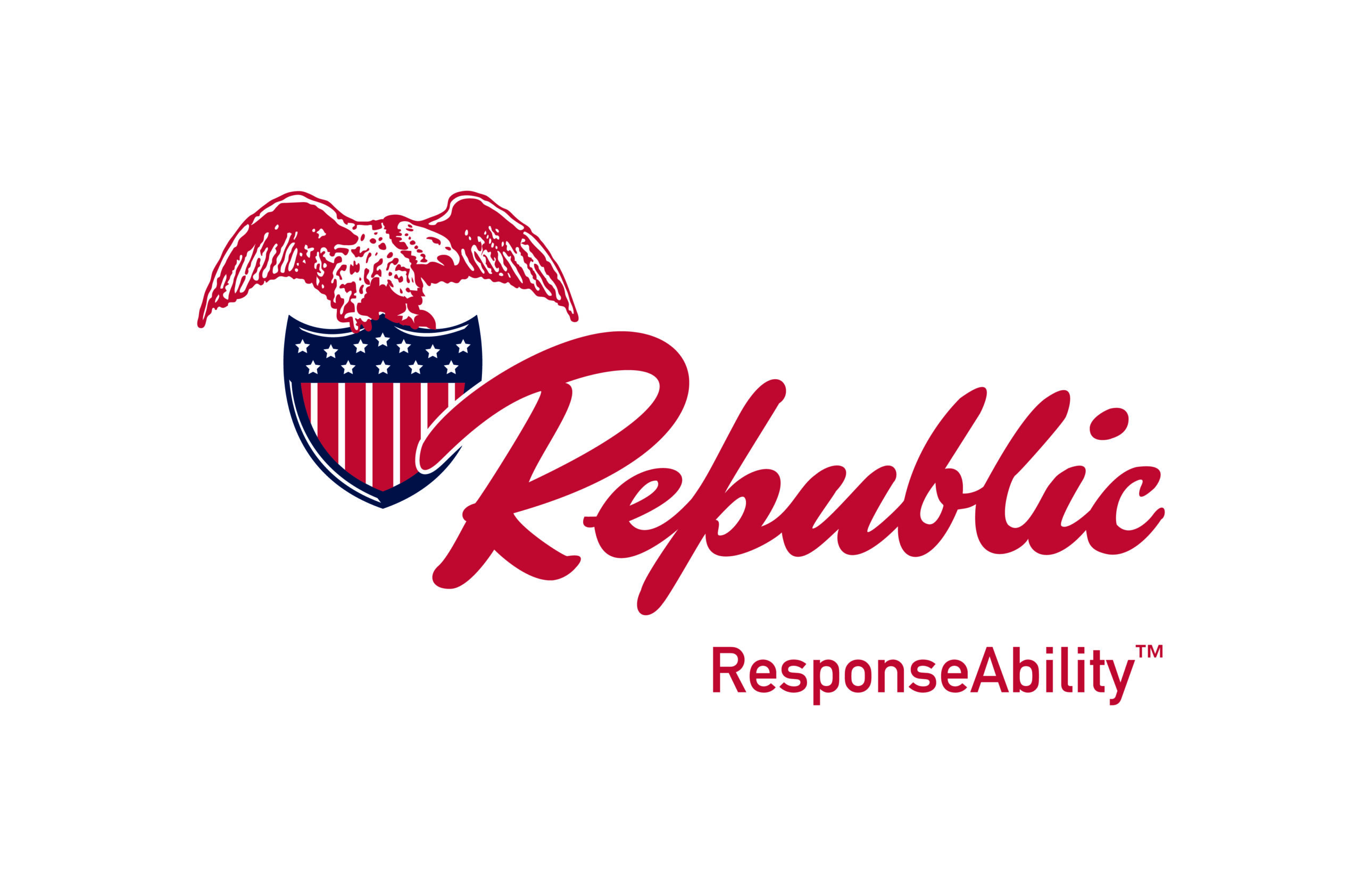Flames, Fury, and Lawsuits: LA Homeowners Battle Insurance Giants Over Fire Damage Claims
Companies
2025-04-13 11:59:54Content

In the aftermath of California's devastating wildfires, homeowners are facing a hidden threat that goes far beyond the visible destruction. Homes that survived the flames are now revealing a silent danger: toxic chemical contamination that could pose serious health risks.
David Jones, the former California Insurance Commissioner, is shedding light on a troubling insurance dilemma facing wildfire survivors. Many homeowners who thought they were spared the worst are discovering that their seemingly intact homes are now toxic hazards, contaminated with dangerous chemicals from burned materials, plastics, and household items.
The contamination is more than just surface-level damage. Toxic substances like benzene have been found seeping into building materials, potentially creating long-term health risks for residents. Yet, in a cruel twist, many insurance companies are refusing to cover the extensive cleaning and remediation required to make these homes safe.
Homeowners are caught in a devastating catch-22: their properties appear intact but are potentially uninhabitable, and insurance providers are turning their backs on this complex environmental challenge. Jones argues that insurers have a moral and legal obligation to support homeowners in these extraordinary circumstances.
The situation highlights the growing challenges posed by increasingly frequent and destructive wildfires, which are leaving communities not just physically scarred, but facing hidden environmental and health challenges that extend far beyond the immediate destruction.
As California continues to grapple with wildfire recovery, the toxic aftermath represents a critical issue that demands immediate attention from insurers, policymakers, and environmental experts.
Toxic Aftermath: Homeowners Caught in Insurance Nightmare After California Wildfires
In the wake of devastating wildfires that have ravaged California's landscape, homeowners are facing an unprecedented challenge that extends far beyond the immediate destruction. The fires have left behind a silent, toxic threat that is now creating a complex legal and financial battle between property owners and insurance companies.When Survival Meets Uncertainty: The Hidden Dangers Lurking in Fire-Damaged Homes
The Chemical Contamination Crisis
The aftermath of California's wildfires reveals a shocking environmental hazard that many homeowners are only now beginning to understand. When flames sweep through residential areas, they don't just destroy structures - they create a toxic cocktail of chemicals that seep into building materials, soil, and household surfaces. Researchers have discovered that fire-damaged properties can contain a dangerous mix of hazardous substances, including heavy metals, volatile organic compounds, and other potentially carcinogenic materials. Experts like environmental toxicologist Dr. Elena Rodriguez explain that the combustion of modern building materials, household items, and landscaping elements creates a complex chemical residue that can pose significant health risks. "These aren't just ordinary contaminants," she warns, "We're talking about compounds that can penetrate walls, settle in dust, and potentially cause long-term health complications for residents."Insurance Companies' Controversial Stance
The insurance industry's response has been nothing short of controversial. Many major insurers are refusing to cover the extensive chemical decontamination required to make these homes safe for habitation. This leaves homeowners in a devastating financial limbo, caught between uninhabitable properties and mounting cleanup costs. David Jones, former California Insurance Commissioner, provides critical insight into this complex issue. "We're seeing an unprecedented situation where the very policies designed to protect homeowners are now leaving them vulnerable," Jones explains. The legal and financial implications are profound, potentially affecting thousands of California residents who have already suffered immense losses.Health Risks and Environmental Impact
The potential health consequences of living in chemically contaminated homes are severe. Medical professionals have identified numerous risks associated with prolonged exposure to fire-related chemical residues, including respiratory issues, neurological problems, and increased cancer risks. Environmental scientists are particularly concerned about the long-term ecological impact. The toxic chemicals don't just affect individual homes - they can leach into soil, groundwater, and surrounding ecosystems, creating a broader environmental crisis that extends far beyond property lines.Legal and Regulatory Challenges
The current situation has exposed significant gaps in existing insurance regulations and environmental protection policies. Homeowners are now advocating for comprehensive legislative changes that would require insurers to address chemical contamination as part of fire damage claims. Legal experts suggest that class-action lawsuits may be inevitable, as affected homeowners seek justice and compensation for their uninhabitable properties. The battle lines are being drawn between insurance companies, homeowners, environmental groups, and regulatory bodies.Potential Solutions and Future Preparedness
Innovative approaches are emerging to address this complex challenge. Some environmental remediation companies are developing advanced cleaning technologies specifically designed to address fire-related chemical contamination. Meanwhile, researchers are working on more resilient building materials and comprehensive disaster recovery strategies. Homeowners are not without hope. Experts recommend thorough testing, professional remediation, and careful documentation when dealing with fire-damaged properties. The path forward requires collaboration between insurance providers, environmental specialists, and government agencies.RELATED NEWS
Companies

Mortgage Titans Collide: Rocket Companies' Bold $9.4B Bid to Acquire Mr Cooper Group
2025-03-31 11:27:29
Companies

Strategic Merger Reshapes Industry: Republic Companies Joins Forces with T.F. Ehrhart
2025-03-04 18:45:37






